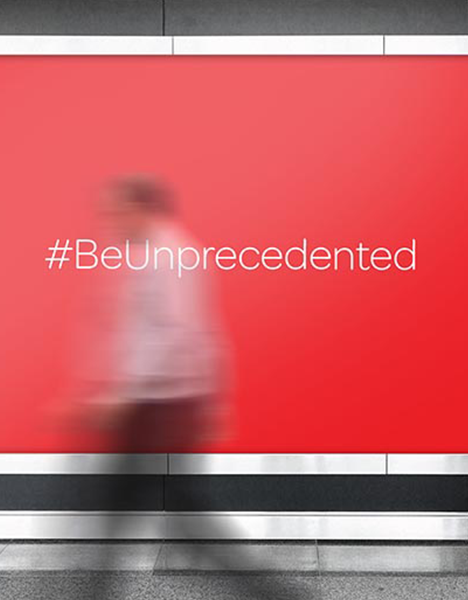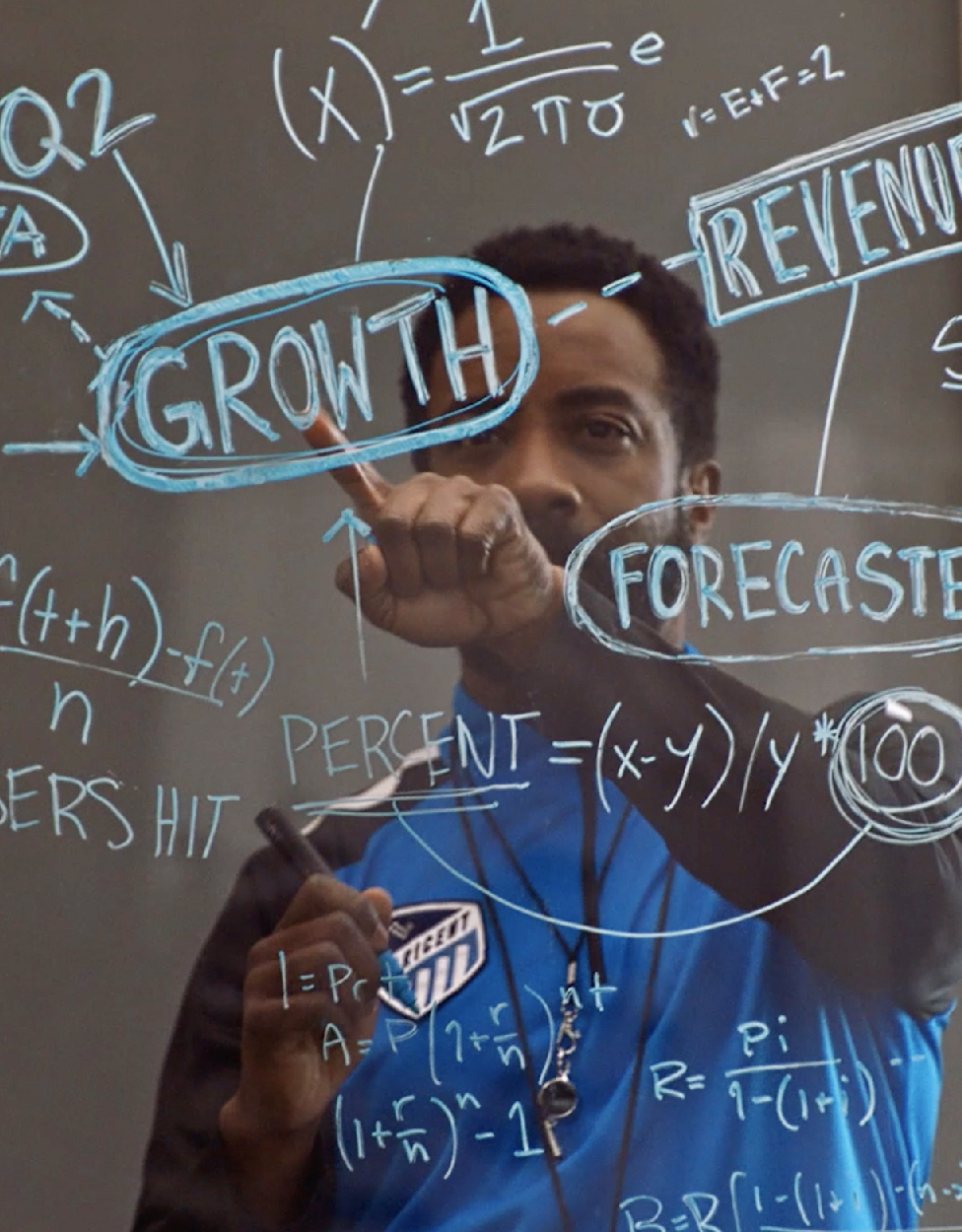Content: The Roadmap To a Successful Media Campaign

In the world of marketing, realizing a successful media campaign is a multi-faceted endeavor that requires skill, finesse, research and strategy. It is not simply about clever ads or memorable taglines. Rather, media campaigns are complex and have many moving parts—so much so that it takes a savvy marketing and branding professional to realize success and effectively use traditional and digital advertising platforms that include TV advertising, billboards, search, social, digital display, print, media buying and negotiations and more. Additionally, having established relationships with publishers makes an impact when securing placement and could also help with getting better rates, which is why it is not always best to do this in-house or go it alone.
In this article, I’m going to offer a brief explanation about what the team at Liquid Agency does day-in and day-out to create successful media campaigns for a diverse portfolio of clients—and how we do it working smart and fast.
What is media planning?
Before we get into the process of creating a successful campaign, let’s start by understanding just what media planning is. Media planning is the process that a business engages in when determining how, why, where and when content is shared with an audience. The process is approached by evaluating and assessing what media will be shared on traditional and digital media channels in order to boost brand awareness, encourage audience engagement, realize conversions, achieve ROI and more. As noted, it is complex—which means it can be hard to get right, and it is important to have a team alongside you who understands the subtleties of the process.
What is media buying?
Media buying is the process by which paid marketing and advertising opportunities are generated—on both traditional and digital platforms. Media buying is accomplished through extensive negotiations, and having strategic relationships with representatives from media organizations is a huge factor in ensuring not only good placement, but getting great rates, too.
Media buyers connect and negotiate with publishers to secure premium ad inventory, leverage first-party data, manage a client’s budget and then optimize the ad to realize high-quality campaign performance.
Additionally, media buying isn’t a one-size-fits-all endeavor. As it is an outbound strategy, it must be well thought out and aligned with a company’s marketing goals. After all, what is considered great ad placement for one company could be bad for another.
Today, media buying is accomplished one of two ways—through direct buying and programmatic buying. The former means that a media buyer fosters a relationship with publishers so they can negotiate for ad inventory, such as when a media buyer works with a television network to secure ad inventory for a client. Programmatic buys are accomplished by using technology and automation. With direct buys, these negotiations often result in added value and access to custom programs that are only available to those media buyers with strong publisher relationships. Knowing the difference between those two approaches is important when working with an outside agency—and can be central to the success of your campaign.
What is the process associated with a media campaign?
It’s safe to say that different agencies have different approaches, but here is a glimpse into our process and the steps we take:
- Define goals and metrics: This is the foundation. We cannot begin a successful media campaign without first establishing clear goals and how we define success. Ultimately, certain metrics cater to different types of campaigns and those metrics should tie to an overall strategy. It is key to define those upfront so the remainder of the process can be optimized in the correct way.
- Determine target audience and buyer personas: Next, we seek to understand the client and who they want to appeal to. We formulate a 360-degree description of the buyer group and associated personas, as this is the only way to understand customer motivations.
- Conduct market research: How the client’s products and services compare to the competition is another key ingredient to successful campaign planning. Is the client unique in the marketplace? The same but better? A combination thereof? Understanding the landscape is imperative because it allows us to draw out insights and opportunities that the client may or may not be aware of.
- Develop a campaign messaging roadmap and creative concepts: This is an important part of the strategy development because roadmaps and creative prototypes make use of visualizations while outlining key tasks and milestones. Roadmaps and creative prototypes are also central to managing stakeholder expectations. Additionally, this part of the process enables proper resource utilization and enables team coordination, scheduling and timeline management.
- Engage in audience testing: Creative concept testing is necessary when generating pertinent feedback in order to measure performance before making a final decision on creative strategy. Audience testing allows for the formation of a hypothesis on what is going to connect with a buyer group. It examines the feedback and resulting behavior of the people who have received the campaign and uncovers what they thought of it—what they liked and what they didn’t. Audience testing allows a marketer to ascertain what worked and what resonated—and then eliminate what fell short.
- Identify media planning approach and strategy: This is the part where relevant media channels, such as paid media, print, sponsored events, digital display and the like are selected, and a channel mix is coordinated. Relevant timelines are determined, audience targeting is leveraged and reach and frequency goals are established in order to ensure the messaging reaches the right people, at the right time and on the right platform.
- Implement and execute: Simply put, this step means it is time to pull the proverbial trigger and deploy.
- Measure and adjust: Finally, once results begin to present, it is necessary to measure the reality that has been achieved against the originally intended goals and objectives. Key performance metrics are analyzed to determine success, including ROI, cost per win, cost per conversion, cost per acquisition, customer lifetime value, conversion rate, website traffic, number of impressions, traffic by source, new vs. returning visitors, sessions, average session duration, bounce rate, exit rate, page views and more. Marketers will seek to understand what is working best and then continue to hone the process to realize ongoing improvement.
We put a lot of research and time upfront into the media planning process and do not simply depend on an algorithm to inform us where content should be shared or ad dollars spent. Liquid Agency takes a holistic, brand-centric view of campaigns and media, which is different from a traditional media agency that tends to disappear and reappear with creative and strategy that may or may not integrate with your brand.
With our trademarked “Silicon Valley Thinking,” we take an agile and nimble approach to the media campaign planning process. It allows us to see what works, pivot on the fly when something isn’t producing results and boost efforts when there is synergy. The Liquid Agency process enables us to properly use resources, which are sometimes limited, and improve efficiencies—all while harnessing the power of the creative.
The benefits of a branded media campaign
Advertising and marketing are an investment to all businesses—and any marketer wants to be sure that investment is producing a return, not just attracting attention with a flashy ad. After all, no business wants to see their marketing dollars go to waste. Therefore, when a branded media campaign is done well, it has the potential to reap many benefits, including:
- Form connections between a brand and its audience and generate an emotional and authentic response.
- Communicate the mission and vision of a brand, inspiring trust among consumers and conveying core values.
- Enable data-driven decision-making while leveraging strategic tools and resources that result in smarter and quicker choices that are more accurate and on-point with market and consumer demands.
- Bring company employees into the fold and motivate them to act as brand ambassadors and representatives.
- Allow a brand to meet customers where they are, be it through billboards, TV advertising, podcasts, digital display and print, as well as any combination thereof.
- Trigger multiple behavioral heuristics, including the validity and halo effects, by placing a brand among blue chip companies on established media channels such as Forbes, CNBC, Wall Street Journal and Fast Company (to name a few).
- Allows for success to be measured and goals to be attained while remaining within the budget.
Finally, one of the biggest benefits of a comprehensive and research-driven approach to media campaign planning is it allows a brand to avoid surprises and have clear expectations—there is transparency, which offers peace of mind.
In-depth media planning is powerful and serves to connect the internal and external brands of an organization, creating harmony—while simultaneously building brand awareness, market share, and of course, profitability. It helps build brand value, which now accounts for 20% of a company’s valuation.
Let’s Talk
If you would like to discuss more about how we can work together to help you reach your media and campaign goals, let’s talk.

